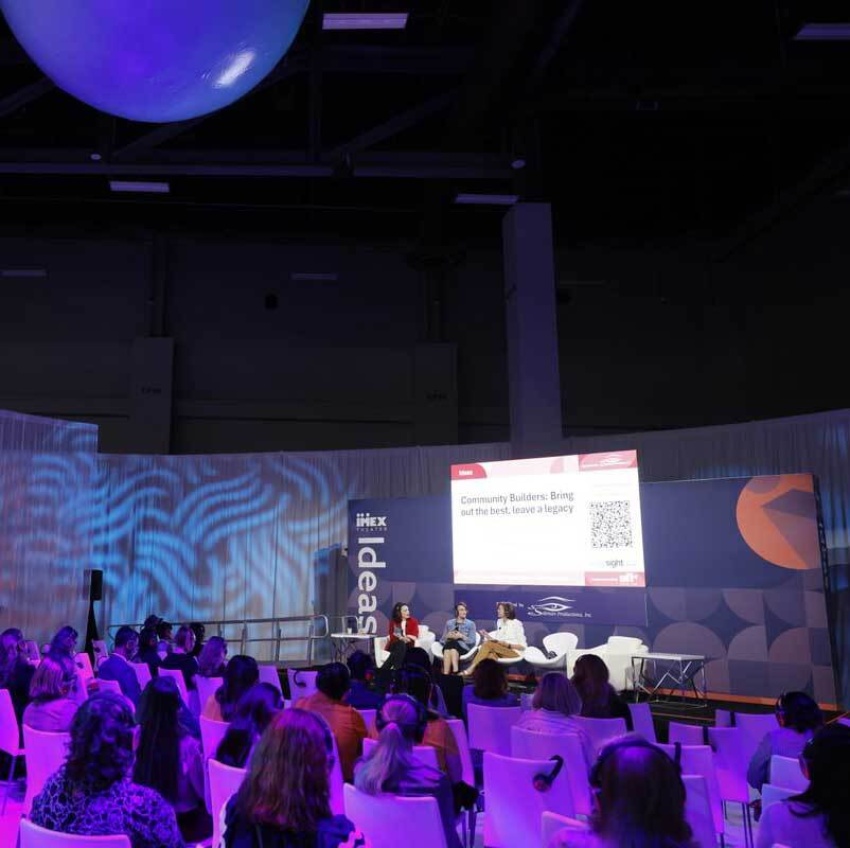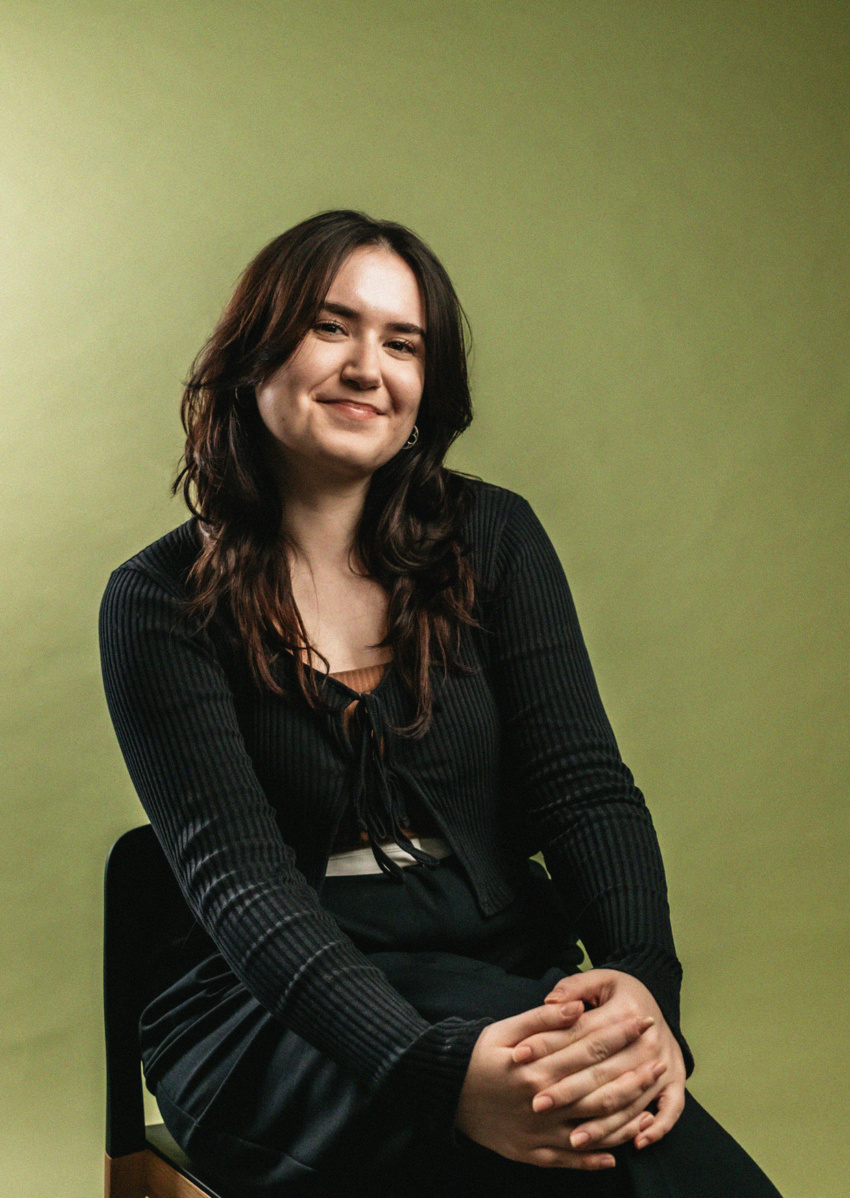At IMEX America 2025, the well-being track returned with a clear message: supporting mental, emotional and physical health is no longer optional—it’s essential. The sessions challenged outdated wellness ideas and offered practical, inclusive strategies for building resilience across teams and events.
Here are five key takeaways:
1. Well-being is holistic, not just physical
Well-being goes far beyond yoga and green juice. Janice Cardinale, Event Minds Matter, emphasized the impact of burnout and toxic stress. Bobby Dutton, GBM6, introduced “pilot thinking” to help manage focus and prevent overload. Darlynne Menkin, Where You Want to Be Tours/Out of the Ordinary, explored emotional resilience, and Kate Walsh, Hello! Destination Management, highlighted how sensory design can support nervous system regulation. Together, they showed that well-being must address the mind, emotions and environment—not just the body.
2. Stress is a business hazard, not a badge of honor
Darlynne Menkin shared how chronic stress led to physical symptoms in her previous role. Bobby Dutton’s pilot thinking model reframes stress as a risk to performance. Just as pilots assess their stress levels before takeoff, event professionals must learn to treat stress as a signal—not a sign of dedication.
3. Emotional intelligence is a teachable skill
Darlynne Menkin broke emotional intelligence (EQ) into five components:
- Self-awareness
- Self-regulation
- Motivation
- Empathy
- Social skills
These skills help you pause before reacting, recognize when a colleague is struggling and navigate high-pressure situations.
4. Physical environments influence well-being
Event design can either support or sabotage well-being. Loud music, bright lights and crowded agendas can lead to sensory burnout. Calm spaces with soft lighting, natural textures and quiet soundscapes offer attendees a chance to decompress and recharge.
5. Progress matters more than perfection
Well-being should be rooted in self-compassion and small, intentional actions. A two-minute grounding exercise or a wellness walk can be more impactful than grand gestures.
The challenges ahead
1. Systemic burnout is built into the industry
Excessive workloads and unrealistic expectations are top stressors. The “always-on” mentality creates a culture where burnout is expected, making it difficult for individuals to prioritize well-being without feeling like they’re falling behind.
2. Toxic leadership undermines psychological safety
There’s a gender gap in psychological safety, with men reporting higher levels than women. When team members can’t speak openly about their workload or mental health, stress becomes internalized, leading to conflict and higher staff turnover.
3. Multitasking leads to cognitive overload
Constant task switching—driven by notifications and competing priorities—burns through mental resources. This fragmented focus has become normalized, even though it leads to exhaustion without increasing productivity.
4. Event design can cause sensory fatigue
Kate Walsh highlighted how the very elements that create excitement—dynamic lighting, loud music and packed schedules—can also overwhelm attendees. Without intentional decompression spaces, the event environment itself becomes a source of burnout.
5. Wellness is often treated as a checkbox
Many organizations offer isolated wellness activities without addressing root causes of stress. This superficial approach misses the opportunity to embed well-being into event design.
The opportunities to seize
1. Use pilot thinking to manage cognitive load
The aviate, navigate, communicate model described by Bobby Dutton helps professionals prioritize presence, plan strategically and communicate clearly. This structured approach supports focus and flow.
2. Make EQ training a leadership priority
By educating teams on EQ’s five pillars, organizations can reduce conflict and build resilience.
3. Design and normalize resilience spaces
Framing breaks as smart energy management—not weakness—helps attendees feel empowered to recharge.
4. Embed micro-wellness moments into the agenda
Darlynne Menki suggested starting keynote sessions with breathing exercises, replacing breakouts with wellness walks or hosting a smoothie competition. These small, inclusive moments make well-being part of the event experience.
5. Create safe spaces for mental health conversations
Leaders can model vulnerability, host small-group discussions, or use anonymous surveys to understand team needs. These channels are essential for destigmatizing mental health and building supportive cultures.
Back to the track. We’ll be back on (the well-being) track at IMEX Frankfurt 2026. Stay tuned.
Report created with the help of Snapsight and SparkAI.





